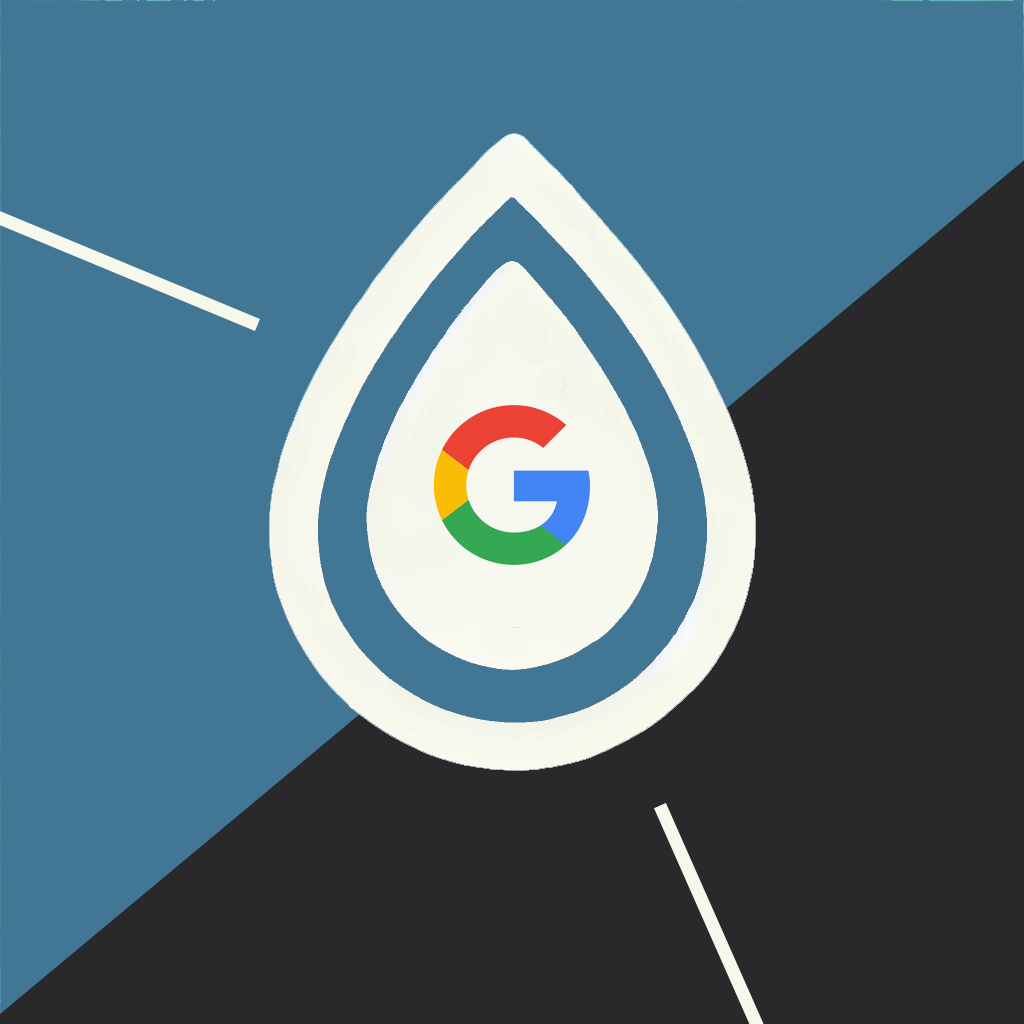Three Reasons Community-Centricity Helps Conquer Content Shock
Doug Miller#Digital Marketing, #Inbound Marketing, #Community

The volume of content being produced for the web is staggering. Learn about a secret that might prove the key to avoiding a "content shock" apocalypse.
We are now truly deep into the age of the attention economy. Nowhere is that more evident than in the challenges faced by organizations who are vying desperately for the attention of potential customers or supporters. As more and more organizations become aware of the value of content marketing, there has been a marked increase in the volume of content being produced for the web; a problem exacerbated by the ease of use and access to content producing devices. Some have gone so far as to proclaim a kind of content doomsday whereby all content marketing efforts might prove ineffective. Yet deep within the heart of the internet rests a secret that might prove the key to avoiding a "content shock" apocalypse.

Twice over the last two months we’ve posted about the role we believe communities play in a successful content marketing approach; an element essential to Intelligent Inbound. First, we discussed a maxim that is at the heart of what we believe makes any efforts at content or “inbound” marketing a success:
“Ask not what your content can do for you, but what you - through your content - can do for your community.”
We also discussed what it means to build and use personas in a world of what we called “myriad micro-communities,” and explored the notion that these micro-communities are emerging and dissolving around social digital content in real-time, all day and every day.
The role that community plays in the persona-building process is to enable the organization developing the personas to see content more clearly from a point of view that is not their own. It enables an organization to more clearly peek into the goals and obstacles of the individuals for whom the content is intended to drive attention and action.
That’s not the only benefit to community-centricity, however. It can combat the negative impacts of exponential content creation in the emerging attention economy for three specific reasons:
- Community-Centricity is Naturally Curatorial
- Community-Centricity is Naturally Social
- Community-Centricity is Naturally Conversional
Naturally Curatorial
It should be a surprise to nobody that the volume of content on the internet is impossibly big. The world itself is impossibly big and full of wonders many never see. How have we approached this problem in history? Museums have been on the leading edge of this since the early days of recorded history. The concept of the trusted curator is just as old.
It would be impossible for me to travel the world to see all the amazing things available to me, but I can travel to someplace like the Smithsonian or The Field Museum of Chicago, and I trust them to go and travel the world and find things I am interested in and to bring them to the museum for me to experience.
Community-centricity in your content strategy is naturally curatorial because it asks “what the content can do for the community.” One of the most important things you can do for your community is to prove yourself a trusted curator of timely, useful information. This is exactly why “listicle” posts and “infographics” have gained favor in content marketing communities in the past for their potential in driving attention and action.
Your community of potential clients or supporters is looking for your content to deliver solutions for goals and obstacles that are specific to their ecosystems. The better you understand those ecosystems (the communities of which your community is a part) the better you are able to scour the internet on their behalf and collect and curate and vet the most useful of solutions for their context. To do this you don’t always have to create your own content, but you can shepherd existing content into the context of your communities and potentially provide solutions that might they might not have ordinarily been able to encounter.
Naturally Social
To be successful, community-centricity in content strategy must not be passive. Imagine yourself a member of club. It’s just after the New Year, so let’s imagine that it is a health club. Every month you pay money to keep up the bare minimum requirement for being considered a “member,” but you never actually go there; you never actually participate in any of the club’s activities. It wouldn’t take long before you determined that the monthly “cost” was not worth any potential benefits. Yet organizations every day invest time and money in being present in “social” platforms on the internet without recognizing that to do so is to be a part of a greater “community” which is full of “micro-communities” around which the “social” activities naturally occur. Most don’t even make the effort to find out what the appropriate micro-communities for their organization are or how to use content to serve them.
To put it another way (another “post-holiday” relevant metaphor), how would your family feel if you never participated in any events that were organized to bring the family together? What if you joined them but sat in a corner silently; or worse, what if you sat in the center of the room and constantly rattled on about yourself and your own interests and agenda? How “social” would that really be? Organizations who treat their content from a community-centric point of view are actively engaged in the social activities around which relevant micro-communities emerge.
Most organizations know that they need to be social in digital social platforms to be successful (and some have abandoned social participation altogether in favor of simply advertising in social platforms). Many organizations simply don’t know HOW to be social in social platforms effectively and efficiently instead of always using the platforms as a soapbox to broadcast about their own products and agendas. Those who are successful take the time to identify their own communities, understand the ecosystems in which those communities live, and provide content that is in line with the goals and obstacles of those communities.
Naturally Conversional
There is no point in producing content for content marketing purposes if that content does not drive both attention and action. If your content has not done at least one of those two things, it has failed in its primary purpose. Content, by nature, is communication, and communication is about the transfer of ideas from one consciousness to another. In a broader sense, those ideas can run in harmony with or counter to the ideas already inside the receiving consciousness. If they run counter to, then there are only two options: either the counter ideas are sublimated into the pre-existing ideas, creating a state of change, or they are rejected (except in cases of cognitive dissonance, but that’s a rabbit hole for another post).
This is the nature of persuasion, and humans have been trying to master and codify its rules since before the dawn of written language. “Conversion” from a marketing point of view is defined in more narrow terms by the action that is taken as a result of captured attention, but is no less subject to the rules of sublimation or rejection after the transfer of ideas. True conversion can only come about when the communication has been developed with the communicator conscious of his or her own place in the community of which it is a part. If the goal of your communication is conversion, it is didactic at best, or even worse, propagandistic. In the attention economy, humans have evolved to have heightened warning senses for this and will therefore reject such ideas and not allow them to drive action; that, or they refuse to let them capture their attention in the first place.
As a result, Intelligent Inbound requires that organizations ask first what their content can do for their community, while using technology simply to track the impact of those service efforts. That is why community-centric content is naturally conversional; because it is developed to be conscious of the goals and obstacles of the community it is intended to serve, and it is likely the only way to bring potential customers or supporters along the spectrum from awareness to delight.
These natural qualities of community-centric content combat content shock by reducing the overall volume of inefficient content being produced and by making it easier to find content that is appropriate and effective. Eventually, we will recognize as a society that the attention economy is based upon a natural resource (human attention) that is not infinite or inexhaustible, and as a result we will move as a society to find ways to treat that resource sustainably. Attention Conservation as a concept has yet to take hold, but community-centricity is one tool that might prove essential in that effort.
Do you need help in identifying your own communities or the ecosystems of which they are a part?
That’s part of what we have designed Intelligent Inbound via Diagram to do. You can contact us at any point and open a dialog about how we can help. Make sure to subscribe to our blog if this content has addressed your goals and obstacles as an organization seeking to serve your own communities through your content, as we will be constantly trying to add value in that way.
Related Posts

Generative Engine Optimization (GEO): Creating Content For AI-Search
Generative Engine Optimization (GEO) boosts your content's visibility in AI search. Discover 5 key strategies for platforms like Perplexity and Gemini.

The Google Leak and Creating Content That Doesn't Suck
This year's leak of Google's internal SEO documents underscored the need for web content that doesn't suck. But here's what else we learned...
Results Matter.
We design creative digital solutions that grow your business, strengthen your brand and engage your audience. Our team blends creativity with insights, analytics and technology to deliver beauty, function, accessibility and most of all, ROI. Do you have a project you want to discuss?
Like what you read?
Subscribe to our blog "Diagram Views" for the latest trends in web design, inbound marketing and mobile strategy.

